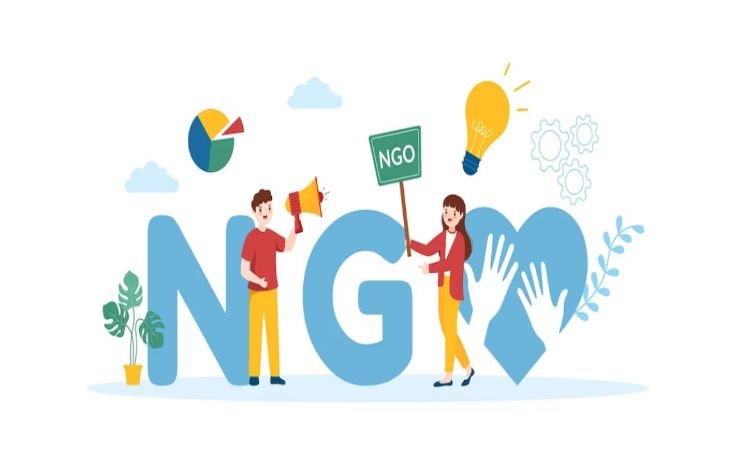We often take a simple meal for granted, but for millions of children around the world, eating is a constant struggle. Malnutrition and hunger are heartbreaking problems that keep kids from growing, learning, and just being kids. While governments and big international groups are working on this, non-governmental organizations (NGOs) play a unique and essential role. They’re often the first ones on the ground, delivering direct help and creating lasting solutions for the most vulnerable communities.
More Than Just Food: Immediate Aid and Education
The most obvious thing an NGO does is provide direct food aid. When a crisis hits—like a natural disaster or conflict—these groups are lightning-fast at setting up feeding centers and handing out emergency supplies. This immediate relief is absolutely critical. They provide special foods, such as nutrient-enriched pastes, which can rapidly restore a child’s health. Such action may be the difference between life and death. Aside from emergency situations, numerous NGOs operate regular programs, such as school feeding programs, to ensure children receive at least one nutritious meal a day. This helps them stay focused in class and strong enough to fight off sickness.
But the work goes way beyond just handing out food. A successful NGO for children realizes that hunger is a multifaceted problem. This is why they work so heavily on education and empowerment as well. Employees travel to neighborhoods and educate families about what foods are safe to consume, how to prepare well-rounded meals out of the foods available, and why proper hygiene, such as washing hands, is so vital in avoiding illnesses that can complicate malnutrition. This data is truly potent in that it provides parents with the tools that they need to feed their children, and it leaves an enduring mark much more than one shipment of food. This approach helps to build a more resilient community.
Building a Sustainable Future: Empowerment and Advocacy
What else do they do? Well, healthcare is another huge part of their work. Many NGOs for children partner with local clinics to screen kids for signs of malnutrition. They take a child’s height and weight and deliver important supplements such as iron and vitamin A that are commonly lacking from a bad diet.
This medical guidance is crucial to identify problems early and treat them accordingly before things become life-threatening. When a child is ill, his or her body cannot assimilate nutrients, so such groups usually take care of basic illnesses through medical services. All this ensures that a child is not just nourished but also healthy enough to derive benefits from the food.
NGOs are also great at building up local communities. They don’t just swoop in and out; they train local people—like farmers, volunteers, and health workers—to run these projects themselves. By teaching community members how to manage food banks, lead nutrition classes, and check on kids’ health, NGOs ensure the work continues even after they’ve moved on. This creates a lasting system where communities can support themselves, which is the ultimate goal.
Finally, a lot of these organizations also get involved in advocacy. This means they work with governments and other big groups to shape policy and get funding for hunger programs on a larger scale. A strong children’s NGO can use its direct experience on the ground to highlight urgent needs and push for changes that will truly protect and improve children’s well-being. By working in both local neighborhoods and with policymakers, they create a powerful, two-part strategy to tackle the root causes of malnutrition and hunger. In essence, NGOs are a lifeline, providing immediate help while building a brighter, healthier future for children everywhere.

